Running MS SQL server 2014 express. Suddenly one of the columns in a view became nullable, despite being a union of two non-nullable columns. Please help me understand what's going on here:
and the UNION:
What am I missing?
Edit with more information: when I resave IncomingTransactions view, its column now becomes null, but it shouldn't be! Here's the definition of the Quantity column: (CASE PIN.StatusId WHEN 6 THEN PIN.QuantityReceived WHEN 7 THEN 0 ELSE PIN.QuantityRevised END) AS Quantity. Each of the quantity fields are non-null, and the case statement is exhaustive. The rest of the query is a simple join on the StatusId field, which is a non-null FK, so I'm still lost here.
Edit 2: based on YB's suggestions below, I created a minimal test case that reproduces this behaviour:
Create Table ybTest1 (Q1 decimal (7,2) not null, X int not null);
GO
Create View ybTestNSB As
Select (CASE X WHEN 0 THEN Q1 ELSE CAST(0 as decimal(7,2)) END) AS Q From ybTest1
GO
The Q column in the ybTest1 view is null, even though the case statement is exhaustive. Even if I wrap the 0 in the ELSE branch with CAST(0 as decimal(7,2)), as YB suggested, it's still null. Either CASE doesn't have the semantics I thought, or this is a bug.

